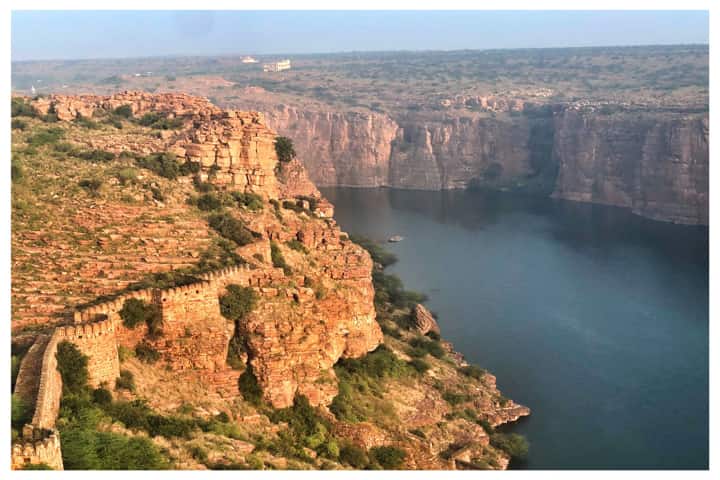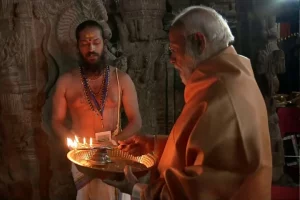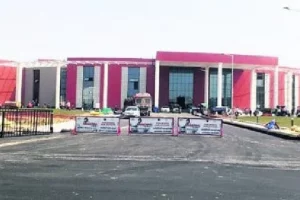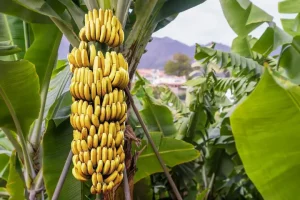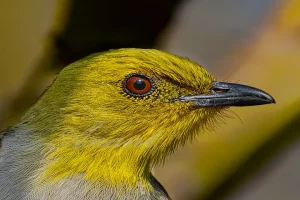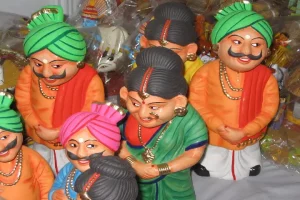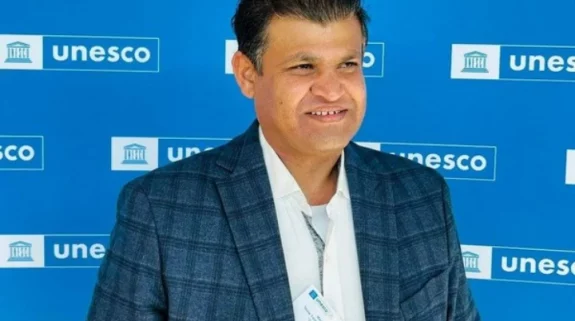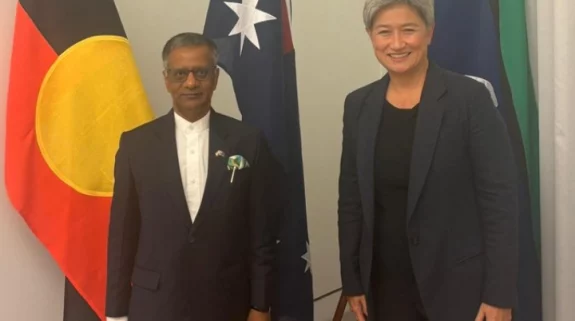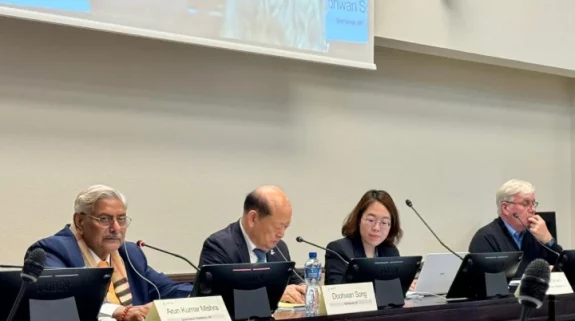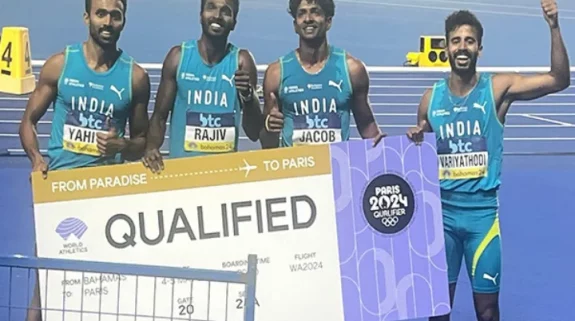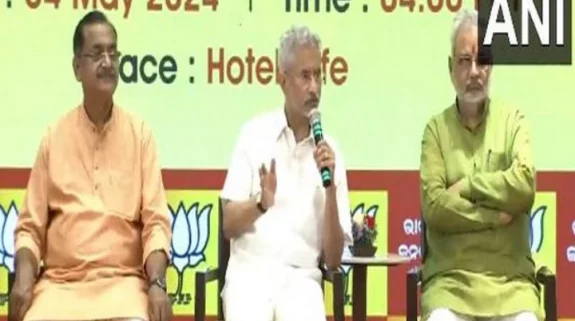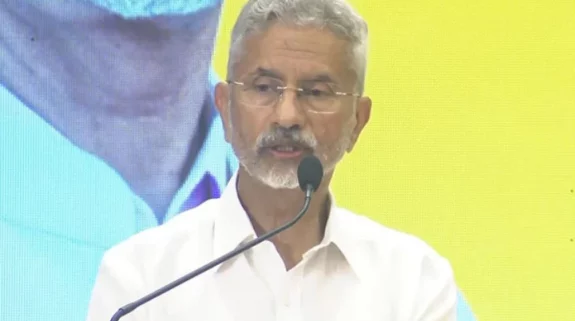Andhra Pradesh’s Kadapa district boasts of several historical monuments and sites including caves, ancient temples, rock sculptures and forts. Among them is the Gandikota Fort which is considered one of the important sites.
There has been consistent demand from people cutting across the society for a World Heritage site tag for Gandikota Fort. The Indian National Trust for Art and Cultural Heritage recently on the occasion of International Day for Monuments and Sites, asked both the Central and State Governments to take steps to get the fort the UNESCO Heritage Site tag.
Sharing a short drive of the fort at Gandikota, India. I love exploring forts and ruins.
This fort has its history from 16th Century with three different dynasties inhabiting it. The fort has tiny bustling centre within it even today. #traveldiaries pic.twitter.com/Zykeb5YFTB
— 𝖯ɑᥣᥣɑ𝗏ꪱ (@pallavi31) December 29, 2021
The historical fort is situated on the right bank of the Penna river and was the centre of power for various dynasties. These included the Kalyani Chalukyas, Pemmasani Nayakas, and the Golconda Sultanate. The Pemmasani Nayakas used the fort as their capital for more than 300 years.
It was Pemmasani Ramalinga Nayudu who built the huge fort with 101 towers. This replaced the sand fort that had been made by Kakatiya Raja in 1123 AD who was a subordinate of Ahavamalla Someswara I, a Kalyani Chalukya ruler. From 1239 to 1304 AD the fort was under the Kakatiya dynasty.
Following this after 1336 AD it was repaired and renovated by the kings of Vijayanagara empire.
Among the attractions in the fort are two ancient temples dedicated to Ranganatha and Madhava. Apart from this there is a Jama Masjid with two adjacent minarets.
Did you know, #Gandikota of #AndhraPradesh is known as the #GrandCanyon of #India? A fort with a history of an invincible stronghold built in a way natural gorge provides defence on the north & west sides. #APFacts #AndhraPradeshFacts#InterestingFacts pic.twitter.com/2UVKjySNPo
— Parimal Nathwani (@mpparimal) October 23, 2021
Other structures in the Fort are two large granaries which were used to store food and grains, a magazine where arms and ammunition were stored, a pigeon tower with fretted windows and an extensive palace.
Among the other attractions in the Fort are a House of the Drum where drums were kept to alert the soldiers in case of an attack, a Charminar, and a jail.
Jean Baptiste Tavernier, the 17th Century French gem merchant and traveller during his visit to the Golconda Sultanate also saw the Fort in 1652 AD and mentioned it in his writings about its grandeur.






